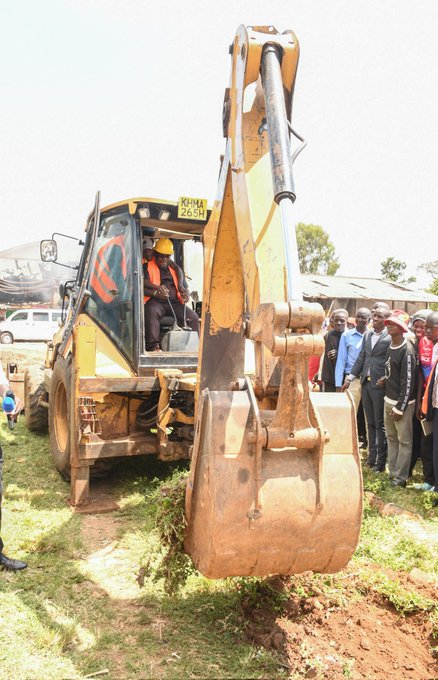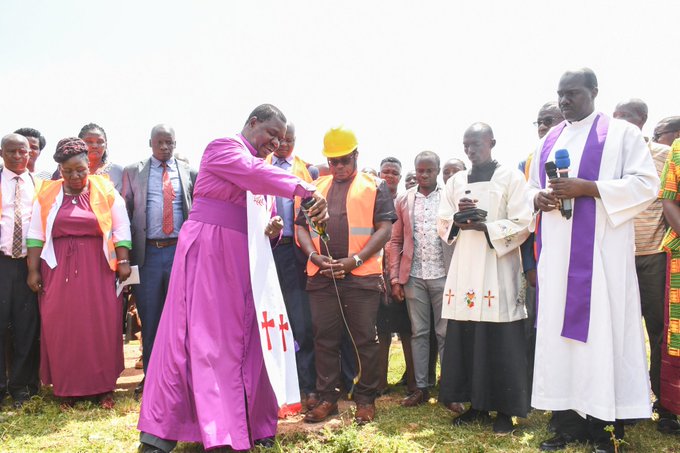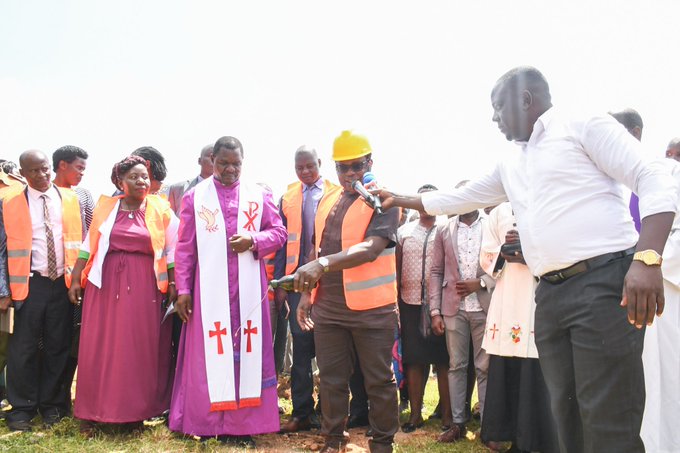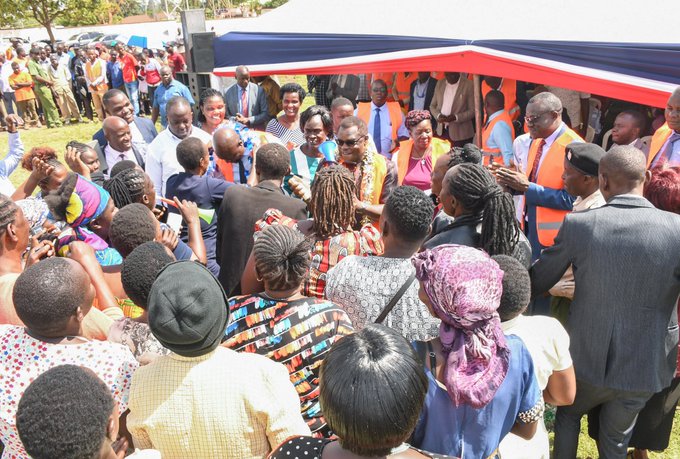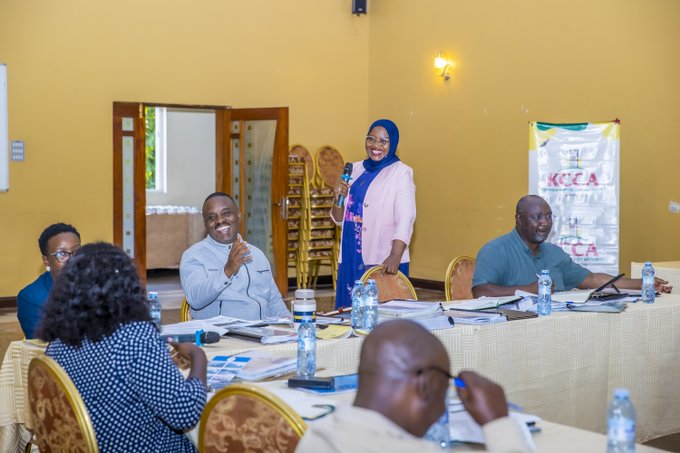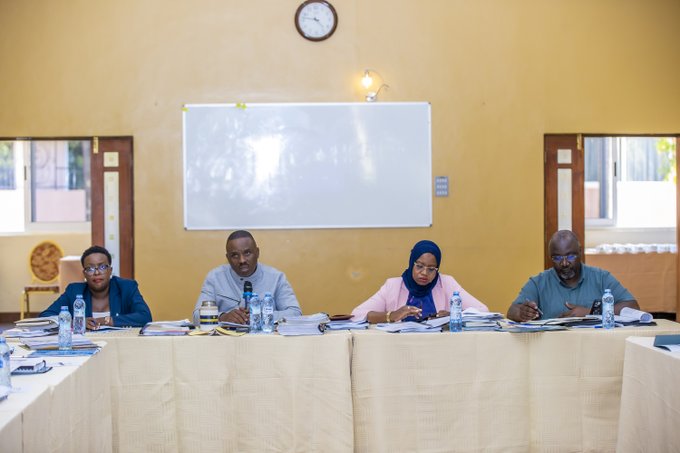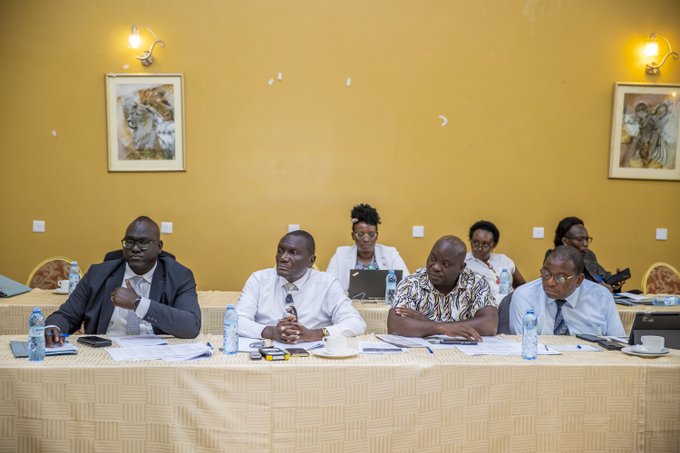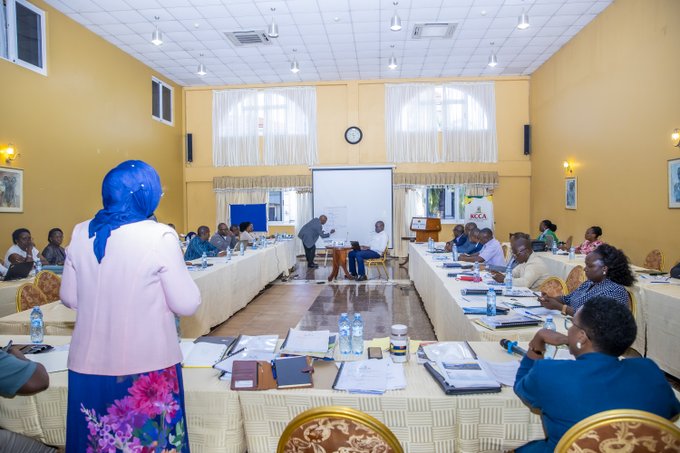BUNGOMA, Kenya – Bungoma County is the destination of a high-level Ugandan team headed by Minsa Kabanda, Minister for Kampala Capital City Authority and Metropolitan Affairs.
Kabanda and her team are in the Western Kenyan County seeking views on improving infrastructure, digitisation, and urban development in Ugandan urban centres.
In his cordial welcome to the group during a courtesy call at the Bungoma County Headquarters, Governor Kenneth Lusaka emphasised the growing significance of regional cooperation in tackling urban issues.
Y New has established that Uganda’s choice to set a benchmark in Bungoma indicates the county’s increasing standing as a pioneer in innovative policy and astute municipal management.
In a bid to decongest Bungoma CBD, my administration is deliberate on providing well established structures to enhance smooth business operation within the town.We have kick-started the construction of a state of the art Kanduyi Bus terminus worth Sh 198 million.
The Ugandan team observed that Bungoma is a model worth imitating because of its strong infrastructure development plan and noteworthy advancements in incorporating technology into urban service delivery.
“Our visit to Bungoma is about learning from the best,” said Minister Kabanda. “Kenya’s urban planning and digitisation progress offers valuable lessons that we hope to adapt in Kampala to enhance efficiency and service delivery.”
How Uganda will benefit from the Bungoma tour
On his part, Governor Lusaka lauded the visit as a milestone in regional collaboration, stating:
“We are proud to share our journey with our Ugandan brothers and sisters. Strategic planning and people-centred policies are the cornerstones of Bungoma’s success, and we’re happy that these initiatives are receiving international recognition.”
When reached for comment about the new development, Kamukama Fredie, a member of Uganda’s ruling National Resistance Movement (NRM), told Y News that the visit is aimed at giving urban centres such as the capital city, Kampala, a facelift.
“Kampala was not properly planned. This is why you notice that whenever there is a heavy downpour, most of the places in our capital city end up getting flooded. So, we want to learn how we can better solve this issue,” said Kamukama.
Kampala City leaders meet in a two-day strategic planning meeting in Entebbe to chart the city’s development agenda for the next 5 years (2025/2026 to 2029/2030).Details here kcca.go.ug/news/952 #ForABetterCity
Kamukama, also a member of the Patriotic League of Uganda (PLU) party, further hailed Kenya for what he termed as having an advanced road network compared to his homeland, Uganda.
“You see, Kenya has several bypasses in its major urban centres that help motorists and other road users to fight traffic jams, unlike what we see in Uganda. All I can say is that I am happy about my brothers and sisters in Uganda because they are supporting their country to develop,” he added.
What are the main challenges facing Ugandan cities
Y News knows that Uganda has 15 cities. These 15 cities were created in May 2019 to improve urbanisation and economic growth.
The largest cities by population include Kampala, Nansana, and Kira, as well as a short list of other cities like Arua and Gulu.
However, these Ugandan cities face several challenges, including infrastructure deficits, governance issues, and inequality in service delivery.
These are linked to urbanisation and historical urban governance. Additionally, privatisation and market-driven approaches, alongside public mistrust, further complicate matters. Underlying issues also include problems stemming from the agricultural industry, such as poverty, unemployment, and diseases, which indirectly impact urban areas due to migration and resource strain.
Kamukama reiterated that addressing these challenges requires a multifaceted approach involving improved infrastructure, effective governance, and equitable service distribution.
Meanwhile, the benchmarking mission in Bungoma County is designed to develop deeper intergovernmental ties and stimulate fresh ideas for urban change in both Kenya and Uganda.



